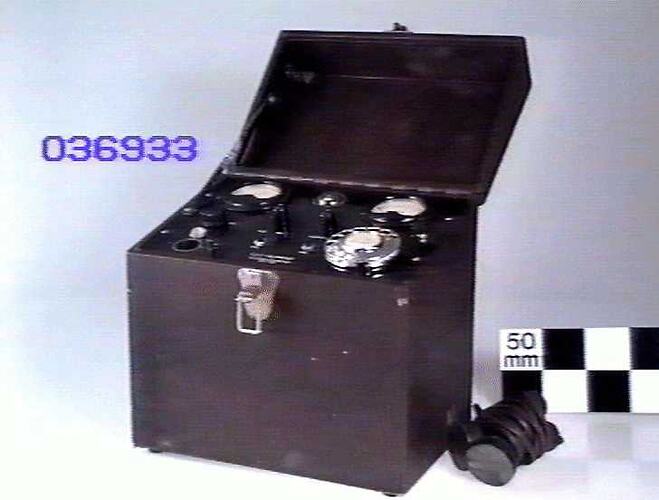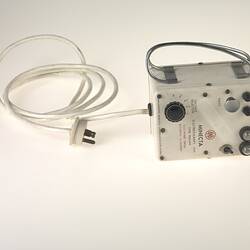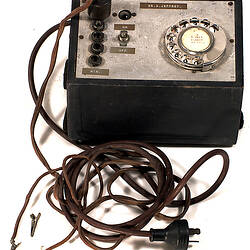Before the days of antidepressants, physicians searched for a way to treat mental illness. One method relied on 'shocking' patients with either hormones, chemicals or an electro-convulsive therapy (ECT) unit.
Two electrodes were placed on the scalp and an electric current was passed between them for half a second, producing a short seizure similar to those experienced in epilepsy.
Improvements in health were observed, making ECT one of the most popular treatments for a variety of mental illness in the 1930s-1950s.
In later use, muscle relaxants and anaesthetics were administered prior to ECT.
After the 1950s there was public anxiety about the possible misuse of ECT. Despite its controversial history, it is still administered, with consent, to people with severe depression who do not respond to medication. Its mechanism of action is unknown.
More Information
-
Keywords
-
Authors
-
Article types


